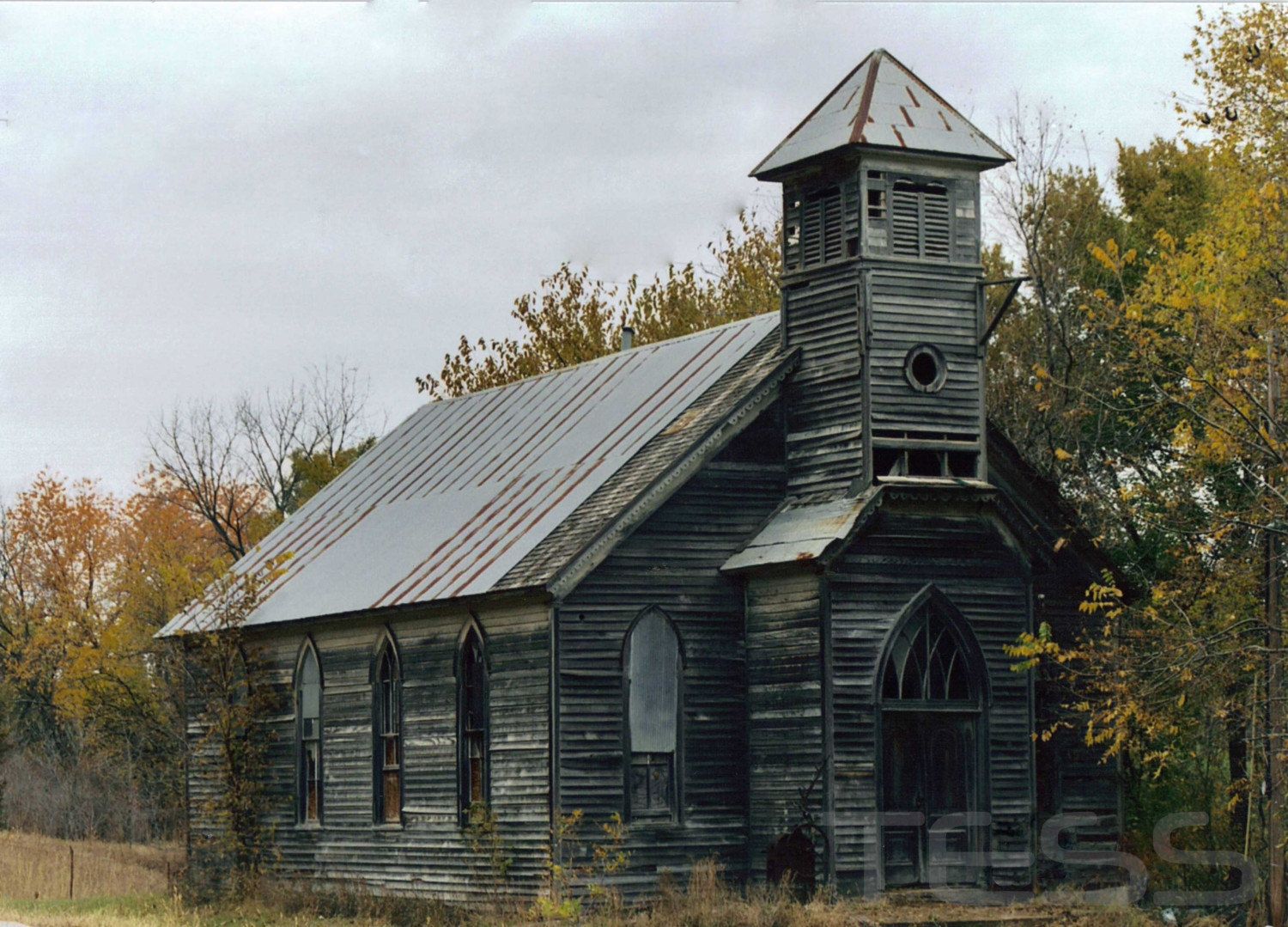California, often known for its stunning landscapes and vibrant urban culture, also boasts a diverse array of historical and architectural marvels, including its beautiful churches. Throughout the state, you’ll find an amalgamation of different religious traditions and architectural styles, reflecting California’s rich heritage and cultural diversity. In this article, we embark on a journey to explore the significance and allure of California’s churches, discovering the fascinating stories they hold and their impact on the communities they serve.
A Tapestry of Faiths
One of the most remarkable aspects of California’s california church is the tapestry of faiths represented throughout the state. From majestic cathedrals to humble mission chapels, each structure has its unique story to tell. The iconic San Francisco’s Grace Cathedral, with its Gothic Revival architecture, stands as a prominent landmark of the Episcopalian faith, offering a place of spiritual solace in the bustling city. In Los Angeles, the Wilshire Boulevard Temple, an architectural marvel featuring a mix of Moorish, Byzantine, and Romanesque styles, speaks to the Jewish community’s rich history in the area.
California’s california church also celebrate the diversity of its residents. The Buddhist temples in Little Saigon, Orange County, reflect the influence of Vietnamese culture and religion. Meanwhile, Sikh gurdwaras in the Central Valley signify the substantial Punjabi Sikh community’s presence and their contributions to California’s cultural mosaic.
Preserving History and Heritage
Many of California’s churches have deep historical roots, dating back centuries. The Spanish missions, established by Catholic missionaries, hold particular significance as they were integral in the state’s early history. The Mission San Juan Capistrano, founded in 1776, stands as a testament to the Spanish colonial era, its distinctive adobe architecture drawing visitors to its sacred grounds.
Preserving the historical and architectural heritage of these churches is of paramount importance. Many have undergone extensive restoration efforts to protect their original splendor, keeping their cultural and historical value intact for generations to come. These restorations are often community-driven endeavors, uniting residents and visitors in their commitment to safeguarding their shared past.
Social Impact and Community Engagement
Beyond their religious significance, California’s churches have been a driving force in fostering community engagement and promoting social welfare. Countless churches actively participate in charitable activities, such as food drives, shelter programs, and educational initiatives. Their dedication to helping the less fortunate underscores their role as pillars of support within the communities they serve.
Moreover, churches often serve as cultural centers, offering space for events, concerts, and art exhibitions. These venues become platforms for artists and performers to showcase their talents while also uniting community members through shared experiences and celebrations.
Interfaith Dialogue and Harmony
As California’s diverse religious landscape continues to evolve, churches play a crucial role in promoting interfaith dialogue and understanding. In many cities, churches actively engage in ecumenical initiatives, fostering cooperation among different religious communities and promoting a spirit of harmony.
Interfaith services and events bring together individuals from various faiths, fostering mutual respect and appreciation for one another’s traditions and beliefs. These gatherings cultivate a sense of unity and common purpose, transcending religious boundaries and promoting a more inclusive society.
Architectural Splendor and Artistic Expression
California’s churches are not only spiritual sanctuaries but also repositories of artistic expression and architectural brilliance. The craftsmanship exhibited in these structures showcases the dedication and skill of artisans and builders from different eras.
The Basilica of the National Shrine of St. Francis of Assisi in San Francisco, with its stunning Italian Baroque design, captivates visitors with intricate frescoes and elaborate stained glass windows. The California missions, in particular, are a treasure trove of art, with murals, sculptures, and religious artifacts providing glimpses into the region’s historical and artistic evolution.
Conclusion
California’s churches represent more than just places of worship. They embody the state’s history, culture, and the diversity of its people. These sacred spaces serve as beacons of hope, fostering a sense of community and compassion while preserving the state’s rich heritage. As we continue to cherish and protect these architectural gems, let us celebrate the role of California’s churches in bridging divides, promoting interfaith harmony, and creating a stronger, more inclusive society for all.

